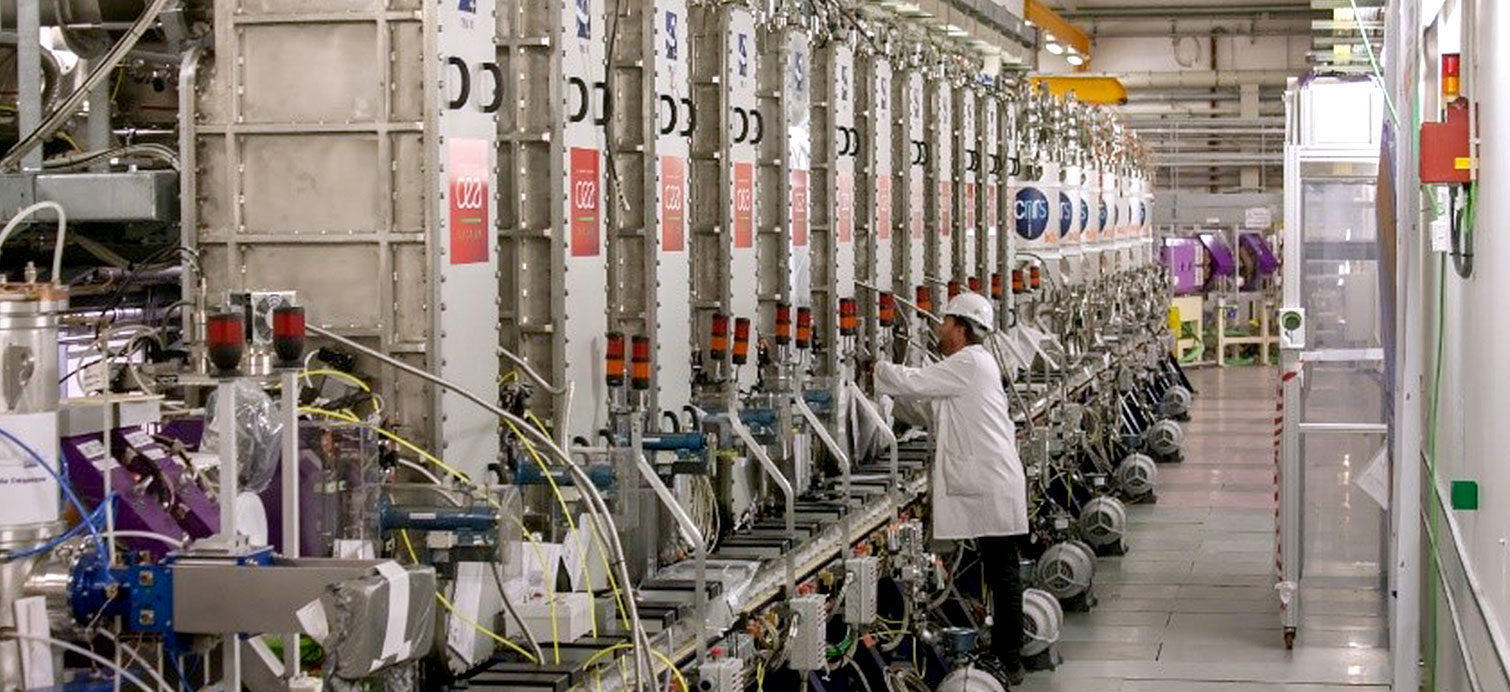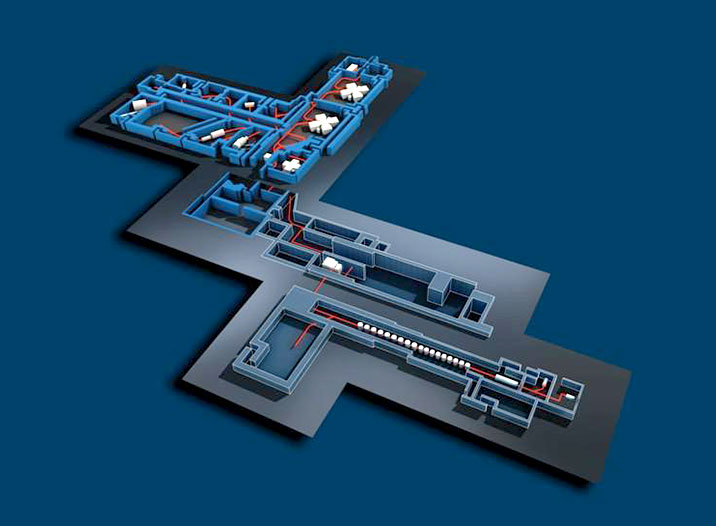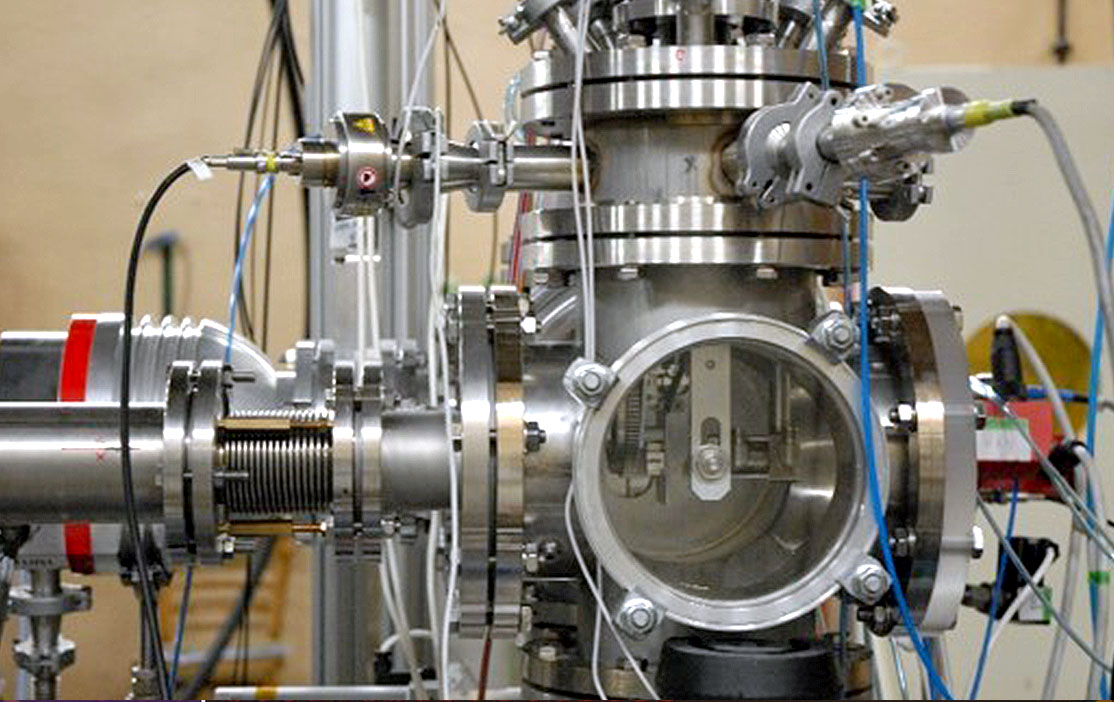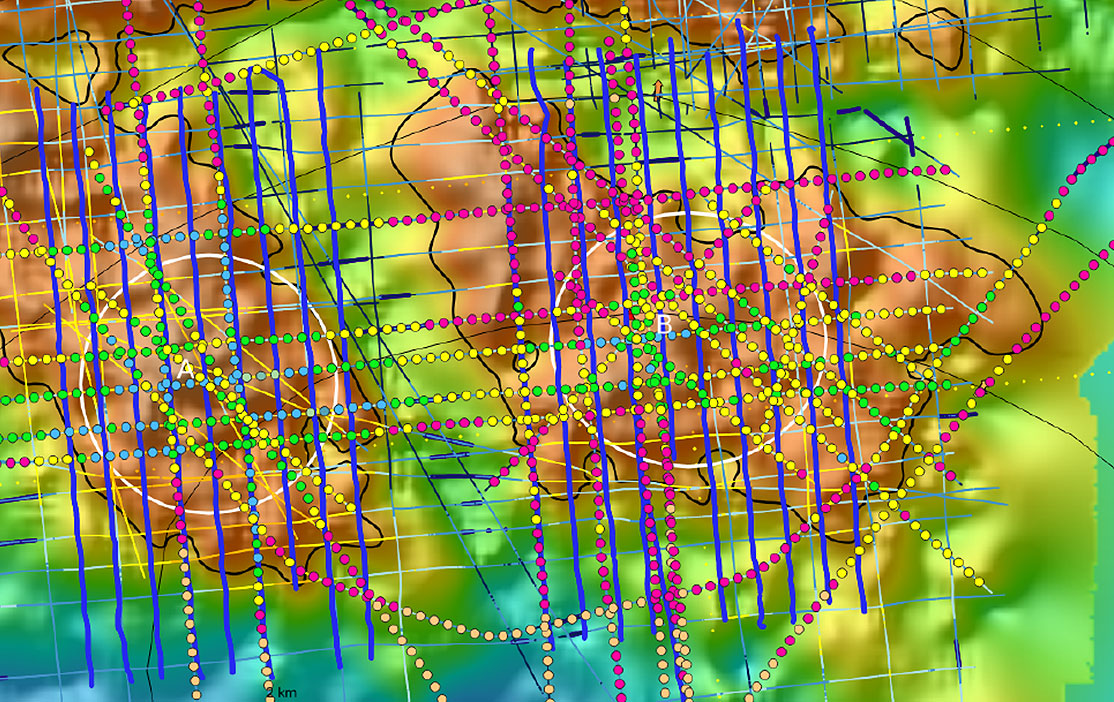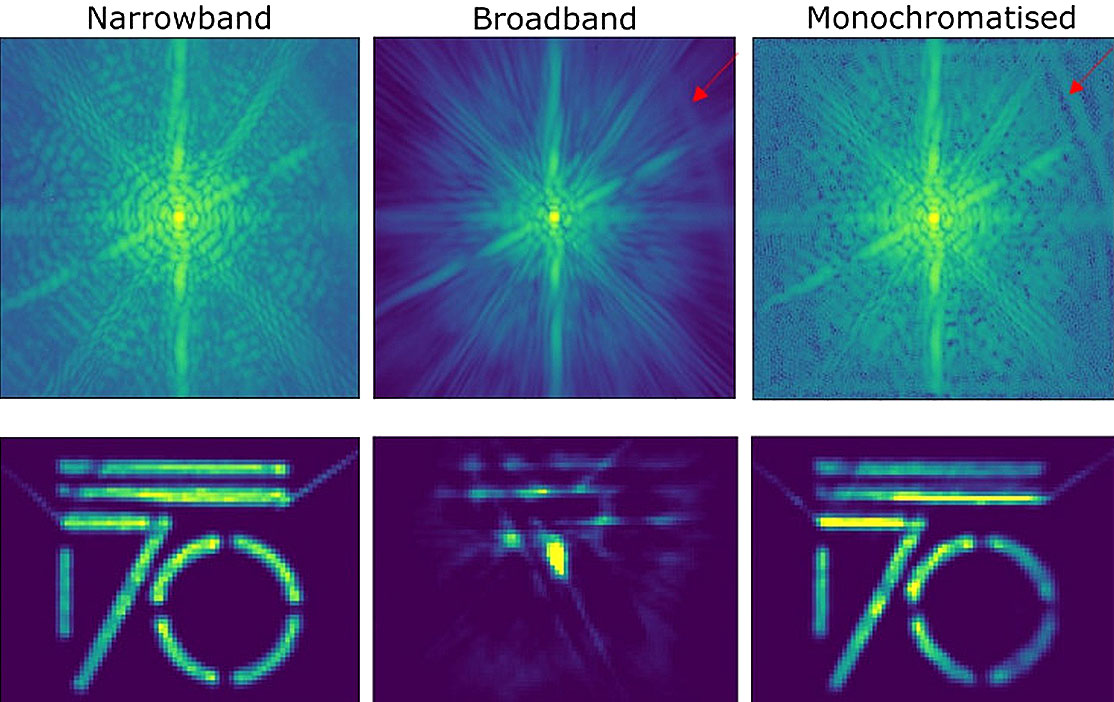The CEA is committed to ensuring fundamental research of the highest level in close collaboration with the both the French and international scientific academia. It has built up a very large bank of knowledge and know-how that is driving progress in research and helping the CEA fulfil its missions for the greater benefit of society.
Since its inception, the CEA has been excelling in fundamental research in its core fields, i.e. physics, chemistry and biology. The Fundamental Research Division (DRF) covers most of the activities in fundamental research. Its teams are behind the development of a broad range of world-class tools and knowledge bases. They are also called to operate large research facilities at the service of the entire scientific community. These scientists and researchers contribute to the scientific and technical outreach of France. Their results are fed back into other CEA activities, thereby ensuring the preservation of skills needed to carry out such activities.
Five areas of expertise
The CEA covers five key fields in physical and life sciences:
- • Fundamental laws of the universe and the quantum world
The CEA’s fundamental research teams are working on going beyond the Standard Model describing three of the four known fundamental forces in the universe. They are also actively in a new kind of physics around dark matter and energy and are engaged in quantum physics, which continues to develop in all directions, whether fundamental or through applications.
- • New materials and states of matter
Reflecting the “design, manufacture and understand” motto, the CEA is investigating systems with new properties and conducting research on complex matter and its imbalance, as well as turbulence phenomena.
- • Environment and climate change
Teams at the CEA are tasked with: i) studying the evolution of natural climate mechanisms - both past and present - to better understand their behaviour, ii) observing the physical and chemical conditions of today from the ground and space so as to monitor planetary changes and their impact on earth, and iii) simulating environmental and climate changes.
- • Life science mechanisms
The CEA characterises living organisms on all the different space and time scales using a multidisciplinary approach that integrates biological parameters. This approach means that pathological changes associated with cancers and diseases (infectious, immunological and neurodegenerative) can be studied from a closer angle, while making it possible to better measure the impact of environmental changes on biodiversity.
- • Brain structure and neural coding
The CEA boasts a unique set of cutting-edge instruments in this field, ranging from the most powerful MRI machine for human imaging in the world to its three-photon microscope, not to mention its electric and magnetic sensors, or its data storage, processing & analysis methods using artificial intelligence.
Research to support major societal transformations
Based on an interdisciplinary approach that combines science and technology, fundamental research at the CEA is called to address some key issues arising due to our ever-evolving societies.
This is why the CEA decided to invest in quantum technologies at the very start of the digital, economy by first focusing on innovative devices and then rapidly incorporating studies on information theory. This long-standing collaboration between divisions has enabled the CEA, today, to manage the ‘quantum plan’ jointly with the CNRS and Inria, which was presented by the French President in January 2021.
In the energy, sector, the CEA is heavily invested in developing new energy technologies (testing innovative materials, etc.), as well as technologies and processes designed to reduce or optimise greenhouse gas emissions (circular carbon economy, fuel cells, biofuels, etc.). Its work also covers nuclear physics, nuclear fusion and climate change.
The CEA is also dedicated to supporting the health, sector; it develops technologies to revolutionise the future of medicine, with benefits in the fields of digital health, bio-component devices, health care pathways, and the organisation of hospitals of the future.
Finally yet importantly, the DRF is called to work on defence issues through the R&D interministerial programme called NRBC-E, as well as being involved in research on antibiotic resistance, and on information & communications technologies.
Research founded on cooperation
Reflecting this question-and-response approach to the fundamental issues of society, the multi-disciplinary teams at the DRF ensure there is continuity between discoveries and applications thanks to their strong engineering background. The DRF also maintains close ties with academia (other research organisations through mixed-staff teams and partnerships with the main research universities) and interfaces with the innovation ecosystem through its exchanges with the industry.
The CEA’s fundamental research programmes do not neglect the importance of publishing information, training and building strong research universities. Its role also includes acting as an advisor to the public authorities and society in general, meeting the demands of the French government, providing support in resolving any sovereign issues, and interacting with businesses and the economy in France and abroad. Through remarkable progress made in areas that concern us all, such as climate change, the Universe, health and the human brain, the DRF is contributing to the CEA’s overall level of excellence while driving science forward.

